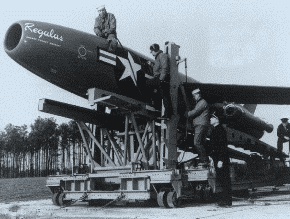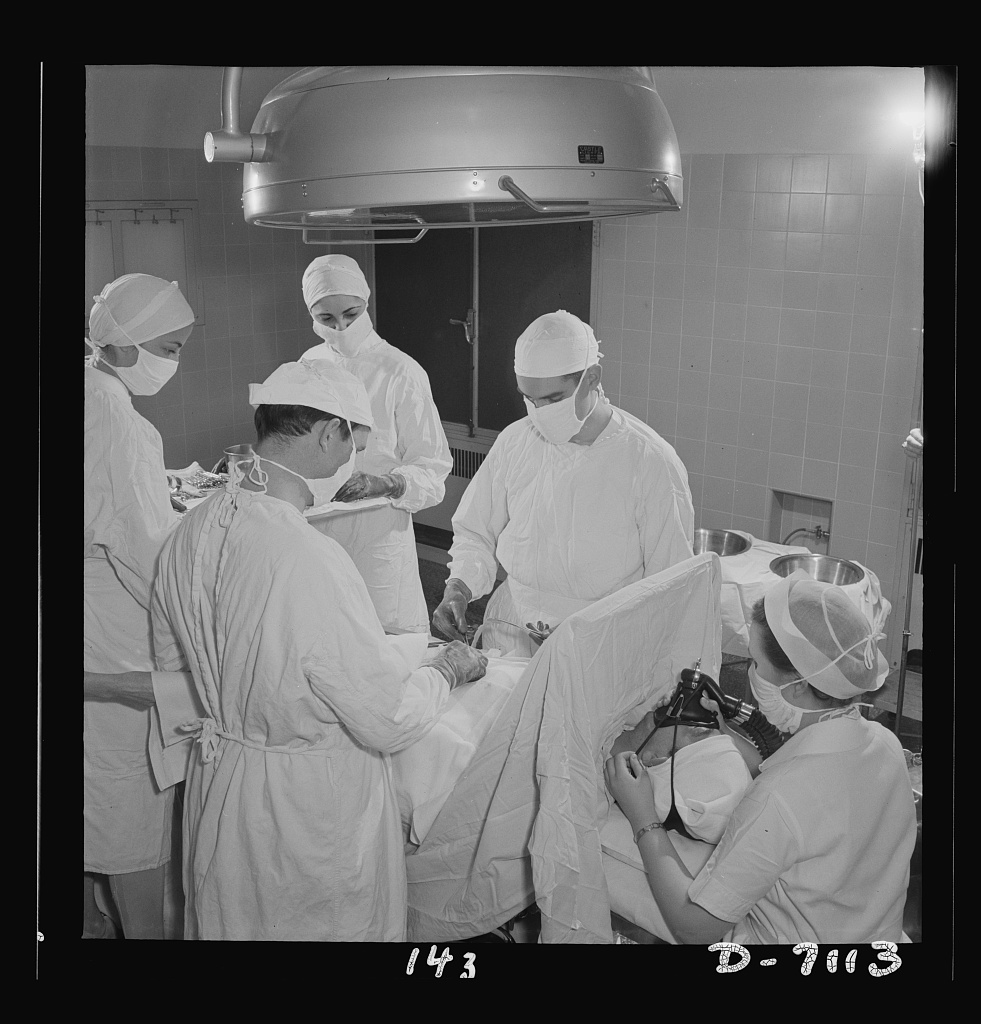|
Norvell G. Ward
Norvell Gardiner Ward (30 December 1912 – 19 July 2005) was an American naval officer and a recipient of the Navy Cross. He was a submariner for most of his naval career, but was also known for his planning and war gaming abilities. As a rear admiral he played a major role in planning and overseeing many naval operations during the Vietnam War, notably Operation Market Time. Early life and education Ward was born on 30 December 1912 in Indian Head, Maryland, the son of a civil service supervisor at the Naval Powder Factory. He received an appointment to the United States Naval Academy in 1931. During his senior year at the academy he was recognized as an all-American lacrosse player.Bernstein, 2 August 2005 Career World War II During World War II, Ward was initially assigned to submarine where he went on five patrols. In September 1942, Lieutenant Ward acted as assistant surgeon to Pharmacist Mate Wheeler Bryson Lipes, as Lipes performed an improvised emergency appendecto ... [...More Info...] [...Related Items...] OR: [Wikipedia] [Google] [Baidu] |
Indian Head, Maryland
Indian Head is a town in Charles County, Maryland, United States. The population was 3,894 at the 2020 U.S. Census. It has been the site of a naval base specializing in gun and rocket propellants since 1890. Production of nitrocellulose and smokeless powder began at the Indian Head Powder Factory in 1900. The name of the base has varied over the years from Indian Head Proving Ground, to Naval Powder Factory, to Naval Propellant Plant, to Naval Ordnance Station, to the present Naval Support Facility Indian Head. The facility's main tenant activity is the Indian Head Naval Surface Warfare Center (NSWC/IH). Advanced research in energetic systems takes place at NSWC/IH. NSWC/IH absorbed the function of the closed Naval Ordnance Laboratory, formerly in White Oak. The base currently employs 3,700 people. History The peninsula, a "head" of land overlooking the Potomac River, had been long occupied by various cultures of indigenous peoples. The historic Algonquian-speaking Native Ameri ... [...More Info...] [...Related Items...] OR: [Wikipedia] [Google] [Baidu] |
Operation Market Time
Operation Market Time was the United States Navy, Republic of Vietnam Navy and Royal Australian Navy operation begun in 1965 to stop the flow of troops, war material, and supplies by sea, coast, and rivers, from North Vietnam into parts of South Vietnam during the Vietnam War. Also participating in Operation Market Time were United States Coast Guard's Squadron One and Squadron Three. The U.S. Coast Guard operated under U.S. Navy command heavily armed patrol boats and large cutters that included 5-inch naval guns used in battle and gunfire support. Radar picket escort ships, based in Guam or Pearl Harbor, provided long-term presence at sea offshore to guard against trawler infiltration. Originally built for World War II convoy duty, and then modified for distant early warning ("DEW") duty in the North Atlantic, their sea keeping capability made them ideal for long-term presence offshore where they provided support for Patrol Craft Fast (PCF) boats, pilot rescue and sampan in ... [...More Info...] [...Related Items...] OR: [Wikipedia] [Google] [Baidu] |
Commander, Naval Forces Vietnam
Naval Forces Vietnam was a command of the United States Navy, active from 1 April 1966 to 29 March 1973.Marolda (2002), p 386 COMNAVFORV also commanded the Naval Advisory Group and the Seabees of the 3rd Naval Construction Brigade; the Military Sea Transportation Service Office, Vietnam, which coordinated the enormous sealift to Southeast Asia; the Officer in Charge of Construction, Vietnam (OICC-RVN), who managed in-country construction by civilian contractors; the Naval Research and Development Unit, Vietnam, which tested new equipment in the field; and Commander Coast Guard Activities, Vietnam, which provided administrative support for Coast Guard Squadron One, Coast Guard Squadron Three and other smaller Coast Guard units in-country. Commanders included Rear Admiral Norvell G. Ward (to 27 April 1967), Rear Admiral Kenneth L. Veth (to 30 September 1968), who was then succeeded by newly promoted Vice Admiral Elmo Zumwalt.Berman, pp 163–172 Rear Admiral Ward became Comman ... [...More Info...] [...Related Items...] OR: [Wikipedia] [Google] [Baidu] |
Military Assistance Command, Vietnam
U.S. Military Assistance Command, Vietnam (MACV) was a joint-service command of the United States Department of Defense. MACV was created on 8 February 1962, in response to the increase in United States military assistance to South Vietnam. MACV was first implemented to assist the Military Assistance Advisory Group (MAAG) Vietnam, controlling every advisory and assistance effort in Vietnam, but was reorganized on 15 May 1964 and absorbed MAAG Vietnam to its command when combat unit deployment became too large for advisory group control. MACV was disestablished on 29 March 1973 and replaced by the Defense Attaché Office (DAO), Saigon. The DAO performed many of the same roles of MACV within the restrictions imposed by the Paris Peace Accords until the Fall of Saigon. The first commanding general of MACV (COMUSMACV), General Paul D. Harkins, was also the commander of MAAG Vietnam, and after reorganization was succeeded by General William C. Westmoreland in June 1964, followed by Ge ... [...More Info...] [...Related Items...] OR: [Wikipedia] [Google] [Baidu] |
Polaris Missile
The UGM-27 Polaris missile was a two-stage solid-fueled nuclear-armed submarine-launched ballistic missile (SLBM). As the United States Navy's first SLBM, it served from 1961 to 1980. In the mid-1950s the Navy was involved in the Jupiter missile project with the U.S. Army, and had influenced the design by making it squat so it would fit in submarines. However, they had concerns about the use of liquid fuel rockets on board ships, and some consideration was given to a solid fuel version, Jupiter S. In 1956, during an anti-submarine study known as Project Nobska, Edward Teller suggested that very small hydrogen bomb warheads were possible. A crash program to develop a missile suitable for carrying such warheads began as Polaris, launching its first shot less than four years later, in February 1960. As the Polaris missile was fired underwater from a moving platform, it was essentially invulnerable to counterattack. This led the Navy to suggest, starting around 1959, that they be g ... [...More Info...] [...Related Items...] OR: [Wikipedia] [Google] [Baidu] |
Regulus Missile
The SSM-N-8A Regulus or the Regulus I was a United States Navy-developed ship-and-submarine-launched, nuclear-capable turbojet-powered second generation cruise missile, deployed from 1955 to 1964. Its development was an outgrowth of U.S. Navy tests conducted with the German V-1 missile at Naval Air Station Point Mugu in California. Its barrel-shaped fuselage resembled that of numerous fighter aircraft designs of the era, but without a cockpit. Test articles of the Regulus were equipped with landing gear and could take off and land like an airplane.''Regulus: The First Nuclear Missile Submarines'' documentary, Spark, 2002 When the missiles were deployed they were launched from a rail launcher, and equipped with a pair of Aerojet JATO bottles on the aft end of the fuselage. History Design and development In October 1943, Chance Vought Aircraft Company signed a study contract for a range missile to carry a warhead. The project stalled for four years, however, until May 1947, ... [...More Info...] [...Related Items...] OR: [Wikipedia] [Google] [Baidu] |
Destroyer
In naval terminology, a destroyer is a fast, manoeuvrable, long-endurance warship intended to escort larger vessels in a fleet, convoy or battle group and defend them against powerful short range attackers. They were originally developed in 1885 by Fernando Villaamil for the Spanish NavySmith, Charles Edgar: ''A short history of naval and marine engineering.'' Babcock & Wilcox, ltd. at the University Press, 1937, page 263 as a defense against torpedo boats, and by the time of the Russo-Japanese War in 1904, these "torpedo boat destroyers" (TBDs) were "large, swift, and powerfully armed torpedo boats designed to destroy other torpedo boats". Although the term "destroyer" had been used interchangeably with "TBD" and "torpedo boat destroyer" by navies since 1892, the term "torpedo boat destroyer" had been generally shortened to simply "destroyer" by nearly all navies by the First World War. Before World War II, destroyers were light vessels with little endurance for unattended o ... [...More Info...] [...Related Items...] OR: [Wikipedia] [Google] [Baidu] |
Appendectomy
An appendectomy, also termed appendicectomy, is a Surgery, surgical operation in which the vermiform appendix (a portion of the intestine) is removed. Appendectomy is normally performed as an urgent or emergency procedure to treat complicated acute appendicitis. Appendectomy may be performed Laparoscopic surgery, laparoscopically (as minimally invasive surgery) or as an open operation. Over the 2010s, surgical practice has increasingly moved towards routinely offering laparoscopic appendicectomy; for example in the United Kingdom over 95% of adult appendicectomies are planned as laparoscopic procedures. Laparoscopy is often used if the diagnosis is in doubt, or in order to leave a less visible surgical scar. Recovery may be slightly faster after laparoscopic surgery, although the laparoscopic procedure itself is more expensive and resource-intensive than open surgery and generally takes longer. Advanced pelvic sepsis occasionally requires a lower midline laparotomy. Complicated ( ... [...More Info...] [...Related Items...] OR: [Wikipedia] [Google] [Baidu] |
Wheeler Bryson Lipes
In September 1942, Pharmacist's Mate Wheeler Lipes performed an emergency appendectomy aboard a United States Navy submarine. Although he did not have proper medical equipment or formal surgical training, the operation was a success. After the war, Petty Officer Lipes remained in the Navy and later received a Medical Service Corps commission in 1951. He retired as a lieutenant commander. Fame In September 1942, aboard USS ''USS Seadragon (SS-194), Seadragon,'' Wheeler B. Lipes performed the first major surgery aboard a submarine when a shipmate showing symptoms of acute appendicitis required an emergency operation to survive. Positioned in enemy waters and lacking standard medical equipment, Lipes performed a successful appendectomy using kitchen instruments such as spoons and tea strainers. "Doc" Lipes, as he was called, had no formal surgical training and just three years of medical experience as a hospital lab technician at the time of the surgery. The Navy medical establishment ... [...More Info...] [...Related Items...] OR: [Wikipedia] [Google] [Baidu] |
Pharmacist Mate
A hospital corpsman (HM r corpsman is an enlisted medical specialist of the United States Navy, who may also serve in a U.S. Marine Corps unit. The corresponding rating within the United States Coast Guard is health services technician (HS). Overview Hospital corpsmen work in a wide variety of capacities and locations, including shore establishments such as naval hospitals and clinics, aboard ships, and as the primary medical caregivers for sailors while underway. Hospital corpsmen are frequently the only medical care-giver available in many fleet or Marine units on extended deployment. In addition, hospital corpsmen perform duties as assistants in the prevention and treatment of disease and injury and assist health care professionals in providing medical care to sailors and their families. They may function as clinical or specialty technicians, medical administrative personnel and health care providers at medical treatment facilities. They also serve as battlefield cor ... [...More Info...] [...Related Items...] OR: [Wikipedia] [Google] [Baidu] |
Lacrosse
Lacrosse is a team sport played with a lacrosse stick and a lacrosse ball. It is the oldest organized sport in North America, with its origins with the indigenous people of North America as early as the 12th century. The game was extensively modified by European colonists, reducing the violence, to create its current collegiate and professional form. Players use the head of the lacrosse stick to carry, pass, catch, and shoot the ball into the goal. The sport has four versions that have different sticks, fields, rules and equipment: field lacrosse, women's lacrosse, box lacrosse and intercrosse. The men's games, field lacrosse (outdoor) and box lacrosse (indoor), are contact sports and all players wear protective gear: helmet, gloves, shoulder pads, and elbow pads. The women's game is played outdoors and does not allow body contact but does allow stick to stick contact. The only protective gear required for women players is eyegear, while goalies wear helmets and protective p ... [...More Info...] [...Related Items...] OR: [Wikipedia] [Google] [Baidu] |

_(2).jpg)




